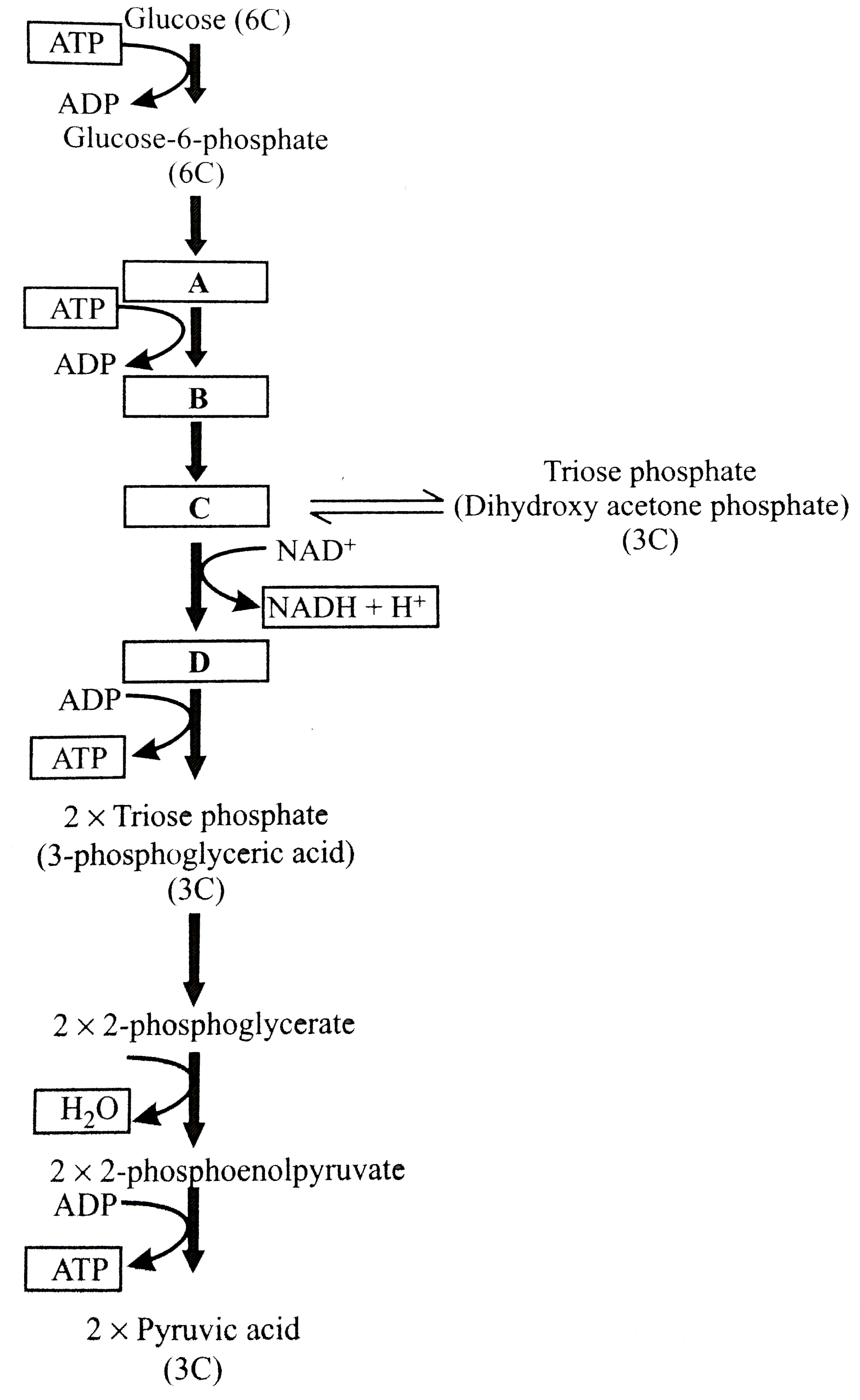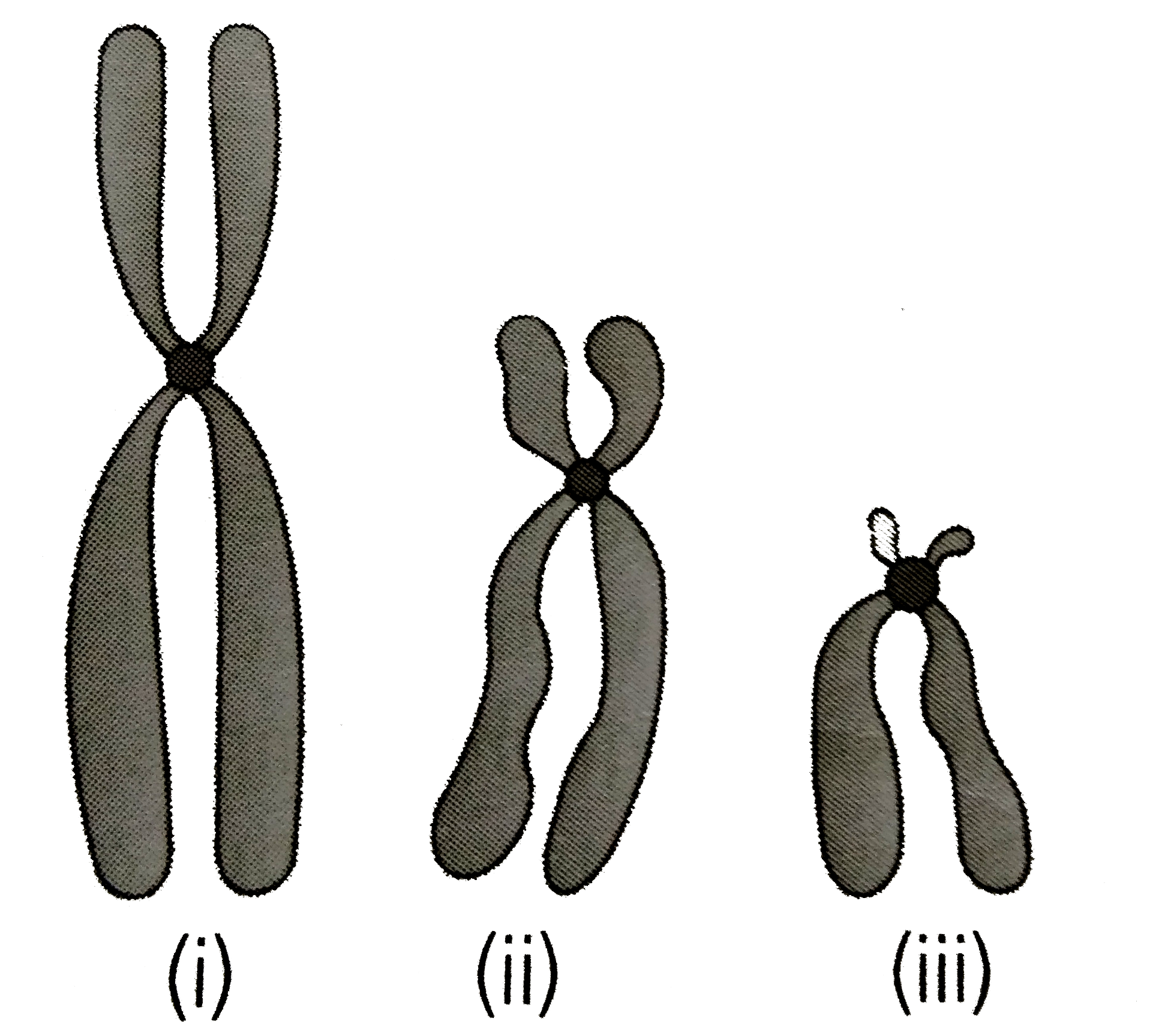Different steps involved in processing of fibres are given below.
(i) Spinning
(ii) Weaving
(iii) Ginning
(iv) Scouring
(v) Retting
Select the option that correctly identifies the steps that are involved in processing of cotton
(i), (ii) and (v) only
(ii), (iii) and (iv) only
(i), (ii) and (iii) only
(iv) and (v) only
The correct Answer is:C
To identify the steps involved in the processing of cotton from the given options, we will analyze each step:
1. Ginning: This is the first step in processing cotton. Ginning involves separating the cotton fibers from the cotton seeds. This step is essential for obtaining the raw cotton fibers that will be used in further processing.
2. Spinning: After ginning, the next step is spinning. Spinning is the process of twisting the cotton fibers together to make yarn. This yarn can then be used to create fabric.
3. Weaving: Once we have the yarn from the spinning process, the next step is weaving. Weaving involves interlacing two sets of yarn (the warp and the weft) to create fabric.
4. Scouring: This step involves cleaning the fabric to remove impurities, but it is not specifically a step in the processing of cotton fibers. It is more relevant in the context of preparing fabric for dyeing or finishing.
5. Retting: This is a process used primarily for processing fibers like jute or flax, not cotton. It involves soaking the plant material to separate the fibers from the stalk.
Based on this analysis, the correct steps involved in processing cotton are:
- Ginning
- Spinning
- Weaving
Thus, the correct option that identifies the steps involved in processing cotton is Ginning, Spinning, and Weaving.
- Spinning
- Weaving
Topper's Solved these Questions
- FIBRE TO FABRIC BOOK - SCIENCE OLYMPIAD FOUNDATION CHAPTER - FIBRE TO FABRIC EXERCISE - ACHIEVERS SECTION (HOTS)
5 Videos
- CLASS 6 SAMPLE PAPER FINAL 4BOOK - SCIENCE OLYMPIAD FOUNDATION CHAPTER - CLASS 6 SAMPLE PAPER FINAL 4EXERCISE - Section C - Science
4 Videos
- MOTION AND MEASUREMENT OF DISTANCES BOOK - SCIENCE OLYMPIAD FOUNDATION CHAPTER - MOTION AND MEASUREMENT OF DISTANCES EXERCISE - ARCHIEVERS SECTION (HOTS)
1 Video
Similar Questions
Knowledge Check
Important steps for obtaining of metals from their ores are given below:
(i) Processing
(ii) Sanding and Grinding
(iii) Enrichment
(iv) ExtractionA(ii), (iii), (i), (iv)B(ii), (iii), (iv), (i)C(ii), (iv), (iii), (i)D(ii), (i), (iv), (iii)Study the following figures and identify the enzymes involved in steps I and II.
 AEcoRl and DNA LigaseBHind II and DNA LigaseCEcoRi and HindIIDRestriction endonuclease and exonuclease
AEcoRl and DNA LigaseBHind II and DNA LigaseCEcoRi and HindIIDRestriction endonuclease and exonucleaseThe flow chart given below shows the steps in glycolysis. Select the option that correctly fills in the missing steps A,B,C and D.
 AABCDFructose-6-phosphateFructose-1-6-biphosphate3−PGAL1.3−biphospho-glyceric acidBABCDFructose-1,6-biphosphate3-PGAL1.3−biphospho-glyceric acidCABCD3-PGA1,3-biphospho-glyceric acid 3−PGALFructose-1 ,6-biphosphateDABCDFructose-1,6-biphosphateFructose-6-phosphate3−PGAL1,3-biphospho-glyceric acid
AABCDFructose-6-phosphateFructose-1-6-biphosphate3−PGAL1.3−biphospho-glyceric acidBABCDFructose-1,6-biphosphate3-PGAL1.3−biphospho-glyceric acidCABCD3-PGA1,3-biphospho-glyceric acid 3−PGALFructose-1 ,6-biphosphateDABCDFructose-1,6-biphosphateFructose-6-phosphate3−PGAL1,3-biphospho-glyceric acid
Refer to the given figure.

Select the option which correctly identifies (i-iii).
View SolutionVarious steps involved to obtain wool from fleece are given here.
(i) Picking out the burrs
(ii) Dyeing in various colours
(iii) Shearing
(iv) Scouring
(v) Sorting
Write the above stpes in the correct sequence in which they are carried out.
View SolutionWhat is the meant by selection ? Explain any five steps involved in the process of selection of employees.
View SolutionWhich of the following processes involve change in state?
(i) Evaporation (ii) Condensation (iii) Sublimation
View SolutionIdentify the organelles involved in the protein synthesis.
(i) ER
(ii) Ribosomes
(iii) Golgi apparatus
(iv) Nucleus
View Solution
